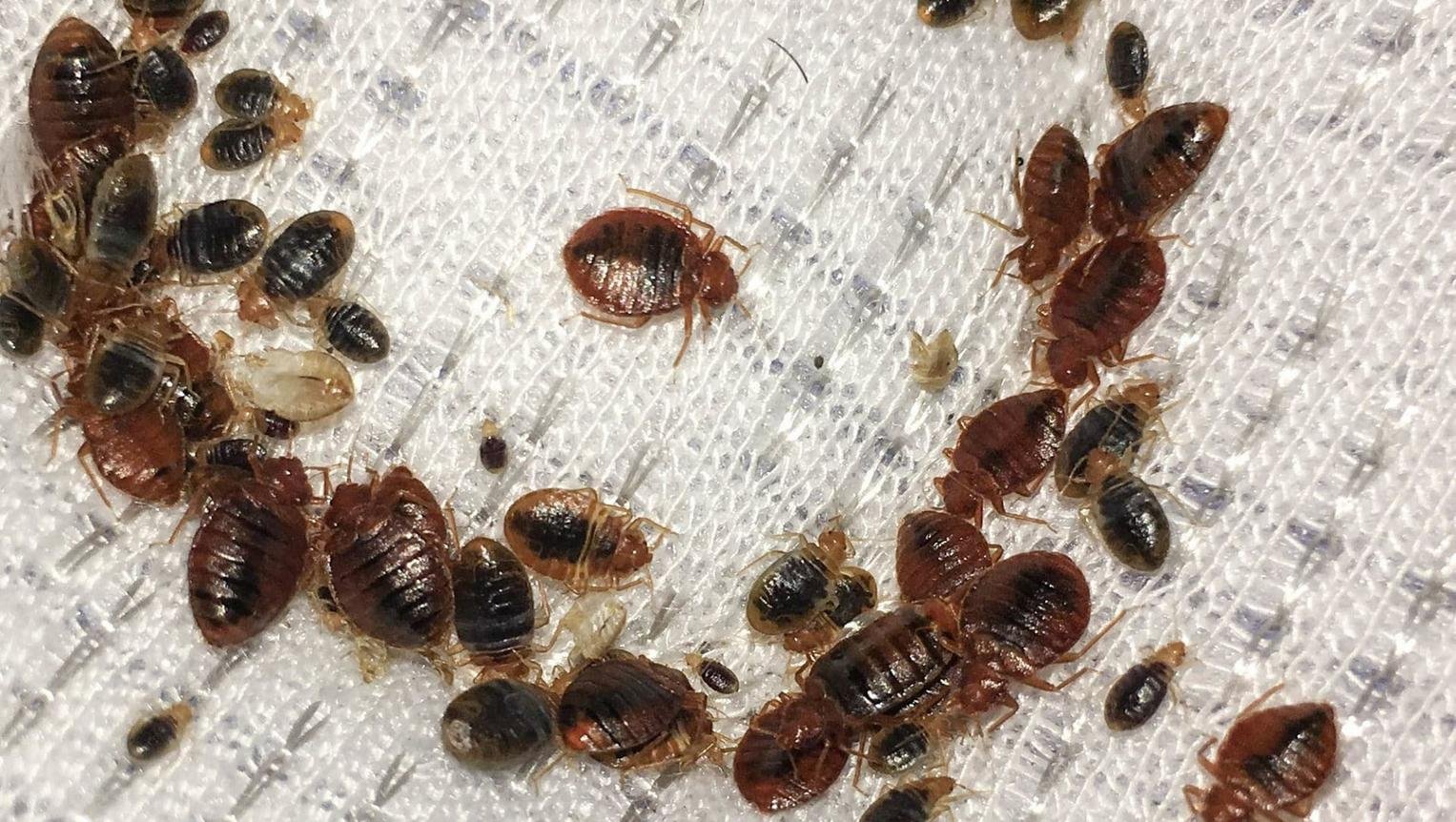The Ultimate Bed Bug Therapy Handbook: Professional Insights and Recommendations
Within the realm of parasite control, bed bugs position a special challenge with their evasive nature and resilient presence. The pursuit for effective bed pest therapy methods has caused a variety of recommendations and remedies, some more reliable than others. In this handbook, experts in the area offer their understandings and suggestions based on years of experience combating these persistent insects. From comprehending bed insect actions to applying avoidance methods and identifying invasions, this detailed guide intends to furnish readers with the understanding required to tackle bed pest issues properly.
Comprehending Bed Bug Behavior
Understanding the elaborate behavioral patterns of bed bugs is vital for reliable bug control strategies. Bed pests, medically known as Cimex lectularius, are small, reddish-brown parasitical bugs that prey on the blood of human beings and animals. These nighttime parasites are skilled at hiding in fractures and holes near their hosts' resting locations, making them challenging to detect and eliminate.
Bed bugs show one-of-a-kind habits that contribute to their survival and proliferation. They are brought in to heat and carbon dioxide, which allows them to find their hosts with precision. Furthermore, bed insects have an exceptional capacity to duplicate quickly, with women laying hundreds of eggs in their lifetime. Recognizing these habits is crucial for creating targeted bug monitoring approaches that interrupt their reproduction and feeding cycles.
Efficient Prevention Strategies

Identifying Bed Insect Invasions
Upon entering a space thought of a bed pest problem, one may notice tiny red or brownish areas on bed linen or furnishings, showing the existence of these bugs. One more typical sign of a bed pest infestation is the visibility of molted exoskeletons dropped by expanding bed pests.
A mildewy odor in the room could additionally indicate the existence of bed pests, as these bugs release pheromones that lead to a distinctive scent. Inspecting cracks and gaps in furniture, walls, and cushion seams may disclose actual bed insects, which are reddish-brown, oval-shaped pests about the dimension of an apple seed. Understanding these indications is essential for early discovery and effective therapy of bed pest invasions.
Recommended Therapy Approaches
Efficient bed bug treatment approaches depend on a mix of complete evaluation, targeted extermination, and safety nets to remove invasions efficiently. The initial step in dealing with bed bugs is a comprehensive examination to figure out the degree of the infestation. This frequently entails checking out locations where bed insects are most likely to hide, such as mattress seams, furnishings joints, and electrical outlets. When the problem is validated, targeted extermination approaches can be employed. Typical approaches consist of using pesticides, heat treatments, or freezing strategies to kill bed pests whatsoever life phases. It is important to follow the guidelines given by pest control professionals when utilizing these methods to guarantee safety and security and effectiveness.
In addition to extermination, precautionary procedures play an essential role in preventing future infestations - Bed Bug Exterminator Baltimore LLC. This includes routinely cleaning and decluttering living rooms, sealing cracks and crevices where bed bugs can hide, and using cushion encasements to protect exterminators baltimore bed bugs versus problems. By incorporating detailed inspection, targeted elimination, and safety nets, individuals can effectively fight bed bug problems and maintain a bed bug-free atmosphere

Maintaining a Bed Bug-Free Setting
After applying effective bed bug therapy techniques, keeping a bed bug-free environment calls for consistent vigilance and proactive actions to avoid future infestations. Regularly checking living rooms, especially beds, furniture, and splits in walls, is essential. Framing cushions and box springs with bed bug-proof covers can protect against any type of remaining bed bugs from escaping or brand-new ones from infesting. Vacuuming regularly, specifically along baseboards, carpets, and upholstery, helps to eliminate any type of possible bed insects or eggs. Additionally, washing and drying out bed linen, bed linens, and apparel over warmth can eliminate any type of bed bugs present. It is vital to declutter living rooms to decrease hiding areas for bed insects. Securing fractures and crevices in walls, furniture, and other prospective hiding spots can restrict bed bug activity and avoid problems. If taking a trip or purchasing used furniture, evaluate things thoroughly before bringing them right into the home. By following these proactive steps regularly, a bed bug-free environment can be preserved successfully.
Verdict
Finally, comprehending bed bug habits, applying reliable prevention strategies, quickly identifying invasions, making use of advised therapy techniques, and keeping a bed bug-free atmosphere are crucial elements of effective bed bug monitoring. By adhering to expert understandings and suggestions laid out in this manual, individuals can efficiently fight and avoid bed bug problems in their homes or organizations. It is critical to be aggressive in attending to bed pest issues to guarantee a comfortable and pest-free living environment.